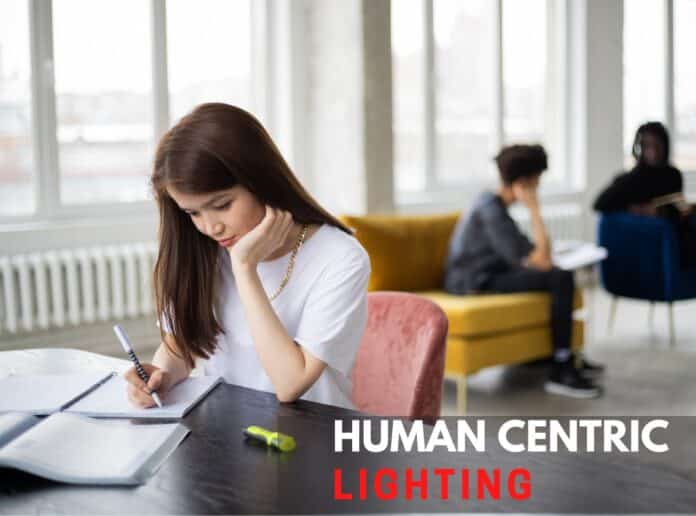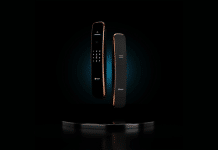
Each morning, when the first rays of sunlight touch the planet, it affects all living organisms . The radiant energy being emitted from other sources like the light of star filled night sky or a candle flame or the torch on your mobile phone, whether artificial or natural, light is essential everywhere. Research has continuously shown how light has an impact on human health, sense of well-being and performance.
Natural light has an optimal impact on the human mind and body. Our biological clock works best when exposed to natural sunlight during the mornings. This light is a spectrum with a composition of blue light, whose intensity changes throughout the day. In the evening the blue proportion of light is minimized, during which our bodies begin to increase levels of melatonin and decrease the level of cortisol hormone. This oscillation of melatonin and cortisol hormones has affects our circadian rhythm(biological clock).
Due to our modern lives, our circadian rhythm is affected in many ways. We experience little to no change in the type of light we expose ourselves to, with 90% of our time spent living, working, and playing indoors, beneath uniform and consistent artificial light. Although artificial light illuminates a space, it can affect the human body giving rise to sleep problems, adding stress on immune systems, and decreasing overall productivity.
WHAT IS HUMAN CENTRIC LIGHTING?
While designing modern working and living spaces, lighting is considered as one of the principle design elements. The 21st century is an era of innovations and new challenges. Bringing about revolution in the work culture and creating the need for optimal building lighting, which considers its impact on individuals within the space.
An indispensable innovation is the Human Centric Lighting (HCL) system.
This lighting system does more than illuminating a given space. HCL ‘mimics’ the changes in natural light throughout the day for people staying indoors. By emulating the levels of sunlight throughout the day Human Centric Lighting solutions can support the human circadian rhythm, enhance concentration, prevent sleeping disorders and improve overall well-being.
Various scientific studies have showcased the effects of HCL on 95% of participants with regard to improved healing, productivity, and alertness.
Also known as circadian lighting, Human Centric Lighting (HCL) is designed to nourish the physiological and psychological effects of light on humans.
Human-centric lighting has a wide variety of applications like schools, health care buildings, offices, etc. The five parameters that shape the lighting system, are the spectrum, intensity, timing, duration and distribution. These parameters need to be tailored to the building’s needs while installing the HCL system.
While many are yet to get on board with HCL systems , brands like Wipro,Lumenia and Glamox are leading the industry with a range of human centric lighting products. These brands are trying a holistic approach to lighting concepts and they are able to lift the safety levels, ability to concentrate and over all well-being of individuals to a new level. With the adaption of technology for better living, in the avenue of lighting- Human Centric Lighting is the way of the future.















